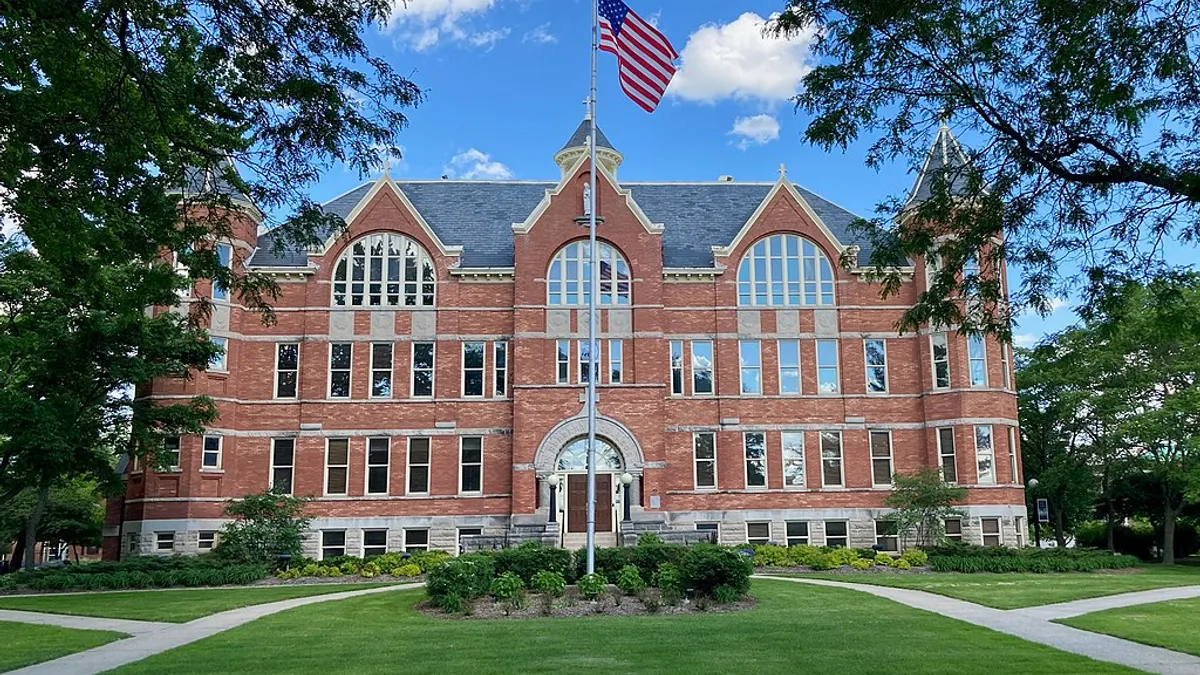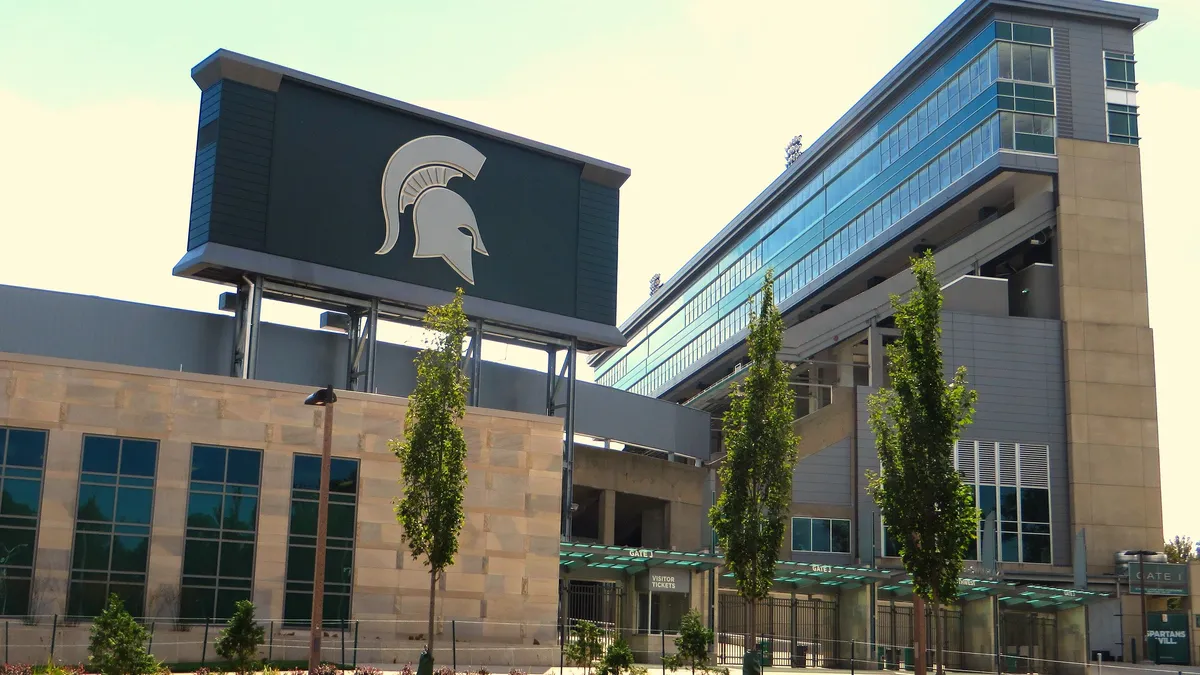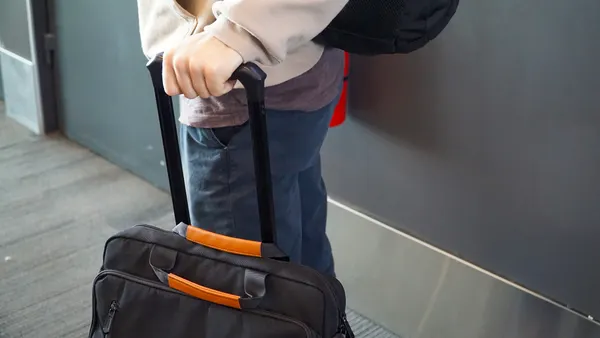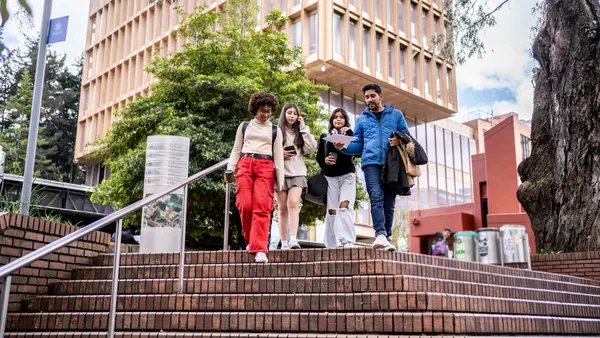When Amazon recommends products based on browsing history, the algorithm analyzes millions of data points and delivers personalized suggestions instantly. When LinkedIn suggests connections, it maps professional networks in real-time. Yet when a college student asks: "What career can I pursue with this major?" they're often directed to a PDF catalog last updated in 2019—if they get an answer at all.
The gap between how students experience the rest of their digital lives and how higher education operates career readiness isn't just noticeable. It's a system design failure costing students their economic futures.
The Promise That Broke
Eight million open jobs. Nearly seven million unemployed workers. More than half of recent college graduates are underemployed. The bridge between college and career isn't just cracked—it's collapsed.
Higher education's traditional narrative was simple: Go to college, get a degree, get a good job. Neither employers nor students live in that world anymore. Employers are removing degree requirements in favor of skills-based hiring and students want work-integrated pathways that connect directly to employment. Faculty are expected to teach both theory and workforce relevance, often without training or support. Career services is still treated like an end-of-journey pit stop instead of a starting point woven throughout the student experience.
Meanwhile, the World Economic Forum estimates that 44% of workers' core skills will be disrupted within the next five years. Institutions serve students who no longer fit the 18-22, full-time, residential mold, while employers operate on hiring cycles that won't wait for curriculum committees to finish multi-year approval processes. This isn't misalignment. It's a system design failure.
The Numbers Don't Lie
A new white paper by student success author Elliot Felix, "Understand, Align, and Partner So That Students Succeed and Employers Excel," exposes what the outcomes data reveals:
- 52% of college graduates are underemployed — working jobs that don't require their degree.
- Only 36% of students are satisfied with career services.
- 64% of college students have jobs and 40% work full-time while enrolled — yet still struggle to see clear career paths.
- Only 24% of students take a career development course.
- Just 59% of faculty report involvement in high-impact practices like collaborative assignments and capstone projects.
Students don’t typically drop out because they can't handle college. They're stopping out because the journey depends entirely on them to figure it out.
They're expected to choose majors before understanding employer demand, build career-ready skills without coordinated guidance, decode labor market pathways with no unified information and translate learning into resumes employers recognize — all while only 65% feel a sense of belonging and 58% of young adults lack meaning or purpose in their lives.
Career readiness has become an optional add-on instead of a built-in outcome.
A Coordination Problem, Not a Curriculum Problem
The institutions making real progress — Arizona State University, George Washington University, James Madison University, Metro State University, Athens State University and others — share a common pattern: They succeed when faculty, employers and technology stop working in silos.
The white paper outlines six components for closing the gap:
- Understand the disruptive moment and gather real-time data on employer needs, skill demand, student aspirations and alumni outcomes through continuous conversations, not one-off surveys.
- Align curriculum and competencies by embedding both durable skills and technical competencies into coursework using frameworks like the National Association of Colleges and Employers Career Readiness Competencies.
- Develop faculty through professional development that equips them to integrate career readiness into courses — because while 80% of faculty report integrating career readiness generally, only 40% have career-focused assignments.
- Partner with companies through intentional collaboration like co-ops, apprenticeships and student projects — not performative advisory boards — to create feedback loops that inform curriculum and build talent pipelines.
- Integrate work experience within learning by dispatching the outdated "go to college then go to work" model and blending the two through company-led projects, reimagined internships and co-curricular activities.
- Use technology to gather and organize skills data, identify gaps between programs and employer demand and guide students with real-time insights as courses and careers evolve.
The Operational Imperative
Career readiness can't wait until senior year. Work experience can't be extracurricular. Skills transparency can't live in PDF catalogs. Alumni outcomes can't be "nice to know" data—they need to be real-time feedback loops informing curriculum decisions. Faculty can't carry workforce alignment alone without training, technology, or institutional commitment.
Sixty percent of students who stopped out would return if given a clear path to completion. Institutions that continue treating career readiness as separate from academic excellence, that maintain systems designed for students who no longer exist, that expect students to navigate pathways institutions haven't built—those institutions are designing for irrelevance.
The Responsibility Higher Ed Can't Avoid
Higher education isn't broken in the sense of being unfixable. It's being asked to take responsibility for student success beyond graduation and into the workforce, in a world that changed faster than its systems could adapt. The question isn't whether institutions should do this. The question is whether they'll do it proactively or wait until enrollment declines force their hand.
The institutions that will succeed are the ones who connect learning to opportunity with precision, equity and purpose. They'll demonstrate that education's value lies in what students can do, not just what they've studied. They'll prove relevance through outcomes, not through tradition or reputation.
Because the bridge between college and career isn't going to rebuild itself. And students—particularly those who stopped out, who are underemployed, who are working full-time while enrolled, aren't going to wait for institutions to figure this out at committee speed. They're already voting with their enrollment decisions, their stop-out rates and their willingness to pursue alternatives that connect more directly to the opportunities they're seeking.
The market is signaling. The question is whether higher education is listening. See how Ellucian helps institutions design clear, skills-aligned pathways that connect learning to career outcomes.










